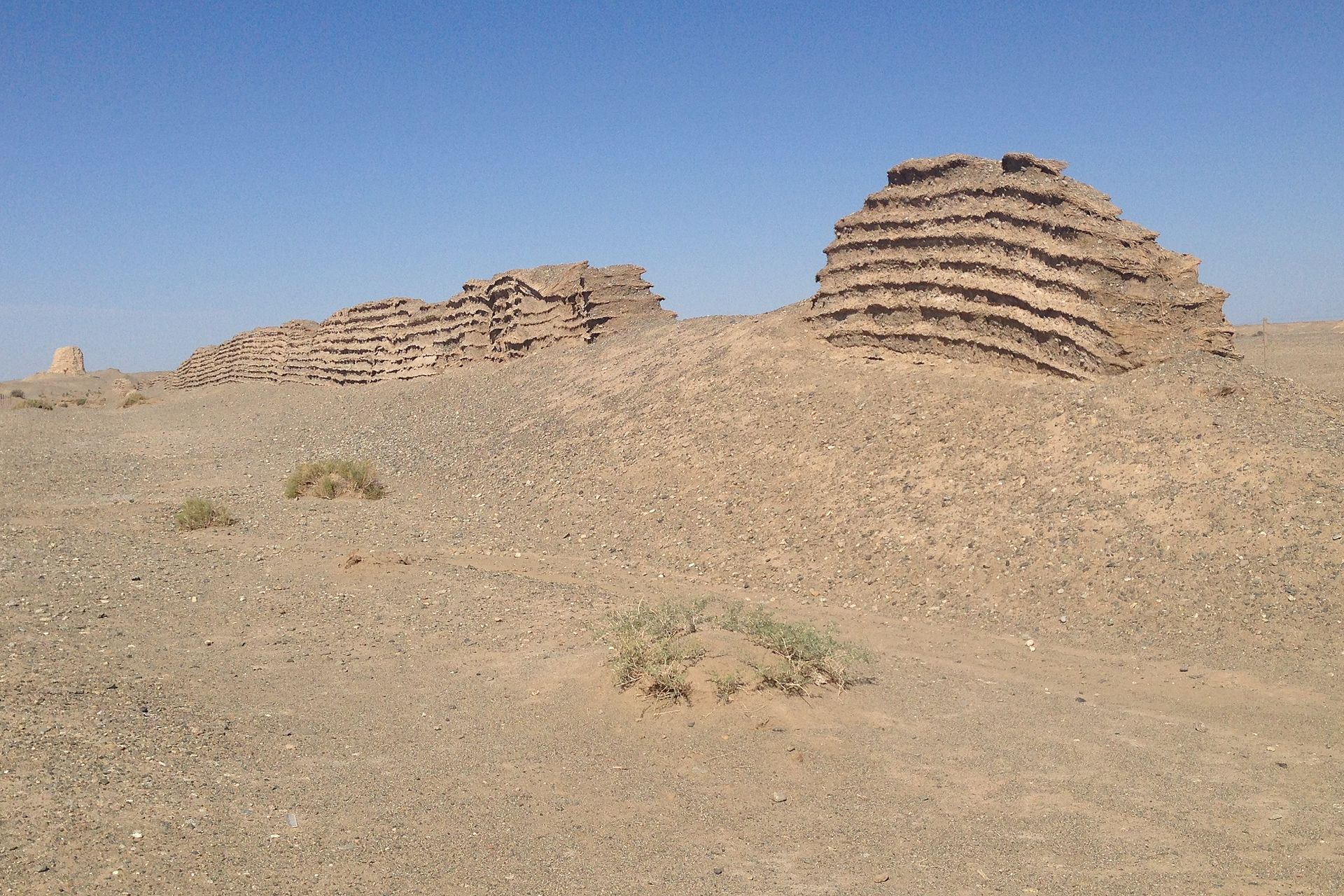
AsianOverland.net
Tour Guide - Itinerary
Asian Overland Sydney to London
Started 22/06/2022 Finished 21/06/2023365 Days ITINERARY
Day 74 date 03/09/2022BEIJING to BADALING, CHINA
ASIANOVERLAND.NET SYDNEY TO LONDON DAY 74: BEIJING TO BADALING, CHINA
The 21,200 km Great Wall of China is a series of fortifications that were built across the historical northern borders of ancient Chinese states and Imperial China as protection against the Mongols and nomadic groups from the Eurasian Steppe. Defensive walls were built from the 7th century BC, which were joined together by Qin Shi Huang (220–206 BC), the first emperor of China. The best sections of the wall were built by the Ming dynasty (1368–1644).
The Great Wall was completely dilapidated when we first visited in 1985, so Corrie tried to help some of the Chinese women carry huge bricks up the Great Wall. Thirty years later, the Great Wall at Badaling near Beijing had been repaired, and, unlike 1985, many tourists visit.
Apart from defense, other purposes of the Great Wall are border controls, allowing the imposition of duties on goods transported along the Silk Road, regulation or encouragement of trade and the control of immigration and emigration. The defensive characteristics of the Great Wall were enhanced by watchtowers, troop barracks, garrison stations, and signaling with smoke or fire.
The frontier walls built by different dynasties stretch from Liaodong in the east to Lop Lake in the west, from the present-day Sino–Russian border in the north to Tao River in the south, roughly on the edge of the Mongolian steppe. The defensive system of the Great Wall is one of the most impressive architectural feats in history.
The Chinese were familiar with the techniques of wall-building by the 7th century BC. During the Warring States period, the states of Qin, Wei, Zhao, Qi, Han, Yan, and Zhongshan all constructed extensive fortifications to defend their own borders. Built to withstand the attack of small arms such as swords and spears, the walls were made mostly of stone or by stamping earth and gravel between board frames.
King Zheng of Qin conquered the last of his opponents and unified China as the First Emperor of the Qin dynasty ("Qin Shi Huang") in 221 BC. Intending to impose centralized rule and prevent the resurgence of feudal lords, he ordered the destruction of parts of the walls that divided his empire among the former states. To position the Empire against invaders from the north, he ordered the building of new walls to connect the remaining fortifications along the empire's northern border. Transporting large quantities of materials for construction was difficult, so builders always tried to use local resources. Stones from the mountains were used over mountain ranges, while rammed earth was used for construction in the plains.
Later, the Han, the Northern dynasties and the Sui all repaired, rebuilt, or expanded sections of the Great Wall to defend themselves against northern invaders.
Great Wall construction was revived again under the Ming Dynasty in the 14th century, following the Ming army's defeat in the Battle of Tumu. The Ming had failed to defeat the Mongol tribes after many battles, and the long conflict was taking a toll on the Empire. The Ming adopted a new strategy to keep the nomadic tribes out by constructing walls along the northern border of China. Acknowledging Mongol control established in the Ordos Desert, the wall followed the desert's southern edge instead of incorporating the bend of the Yellow River.
Unlike earlier fortifications, Ming construction was stronger due to the use of bricks and stone instead of rammed earth. As Mongol raids continued over the years, the Ming devoted huge resources to repair and reinforce the walls, and 25,000 watchtowers were constructed on the wall. The parts near the Ming capital of Beijing were especially strong.
Towards the end of the Ming Dynasty, the Great Wall helped defend the empire against the Manchu invasions that began around 1600. Even after the loss of all of Liaodong, the Ming army held the heavily fortified Shanhai Pass, preventing the Manchus from conquering the Chinese heartland. The Manchus were finally able to cross the Great Wall in 1644, after Beijing had already fallen to Li Zicheng's short-lived Shun dynasty. The gates at Shanhai Pass were opened on May 25 by the commanding Ming general, Wu Sangui, who formed an alliance with the Manchus, hoping to use the Manchus to expel the rebels from Beijing. The Manchus quickly seized Beijing, and eventually defeated both the Shun dynasty and the remaining Ming resistance, establishinmg the rule of the Qing dynasty over all of China.
Under Qing rule, China's borders extended beyond the walls and Mongolia was annexed into the empire, so construction on the Great Wall was discontinued.
© This work is copyright. Apart from any use permitted under the Copyright Act 1968, no part may be reproduced by any process, nor may any other exclusive right be exercised, without the permission of Peter Searle, peter@portseavillageresort.com; 1980-2024.
Website built by Justin O’Dea www.webdeveloperdocklands.com.au

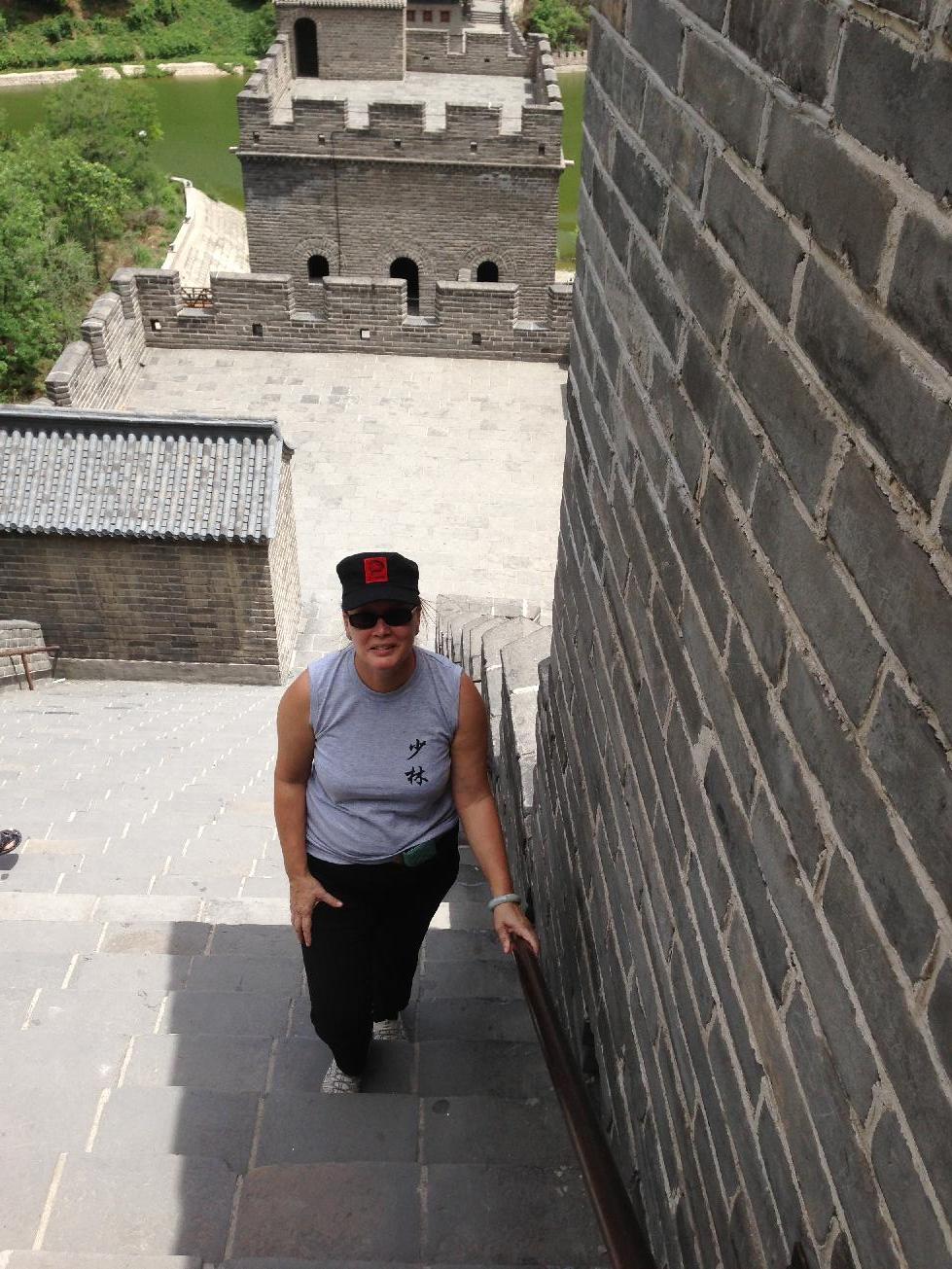



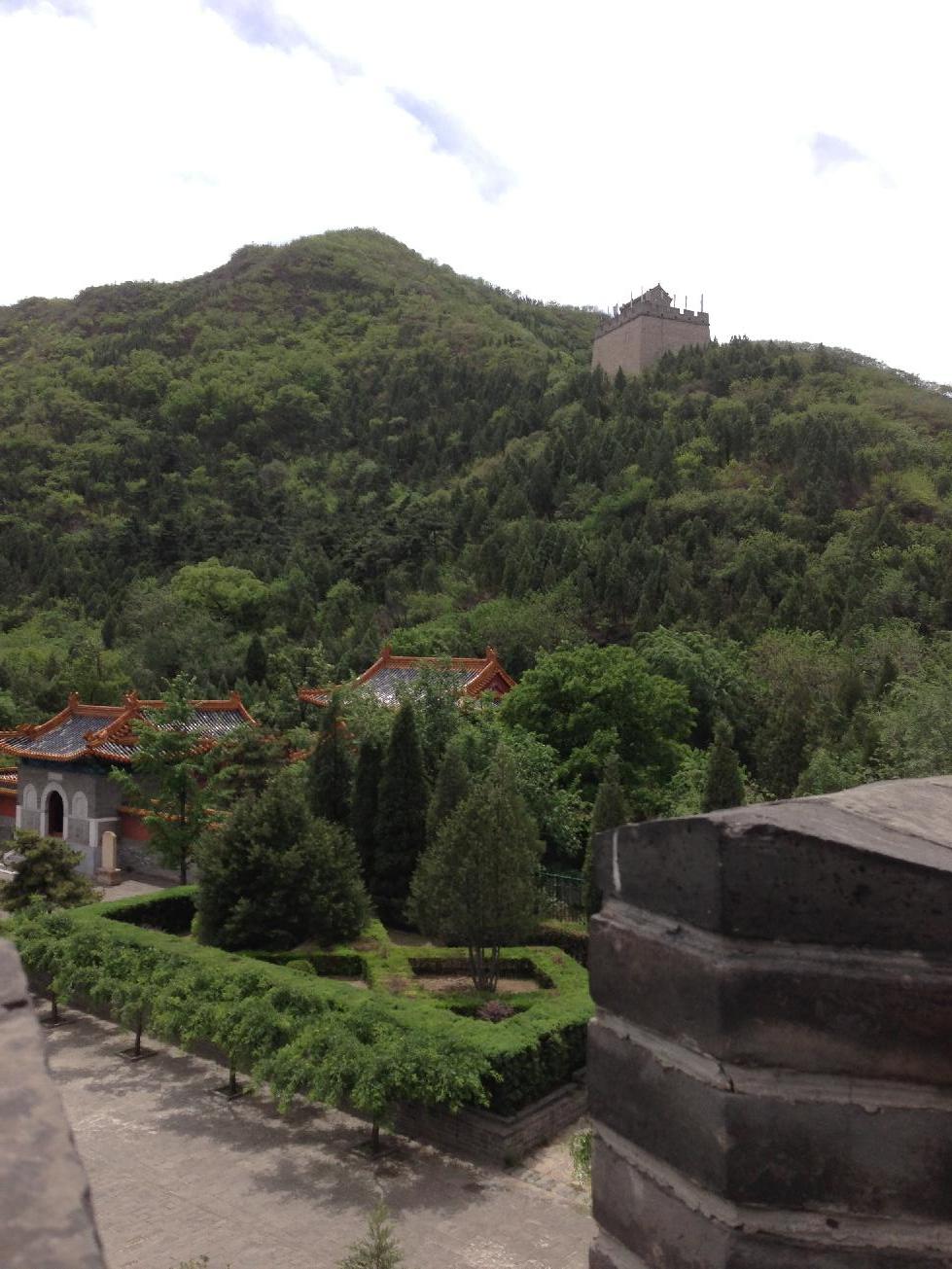

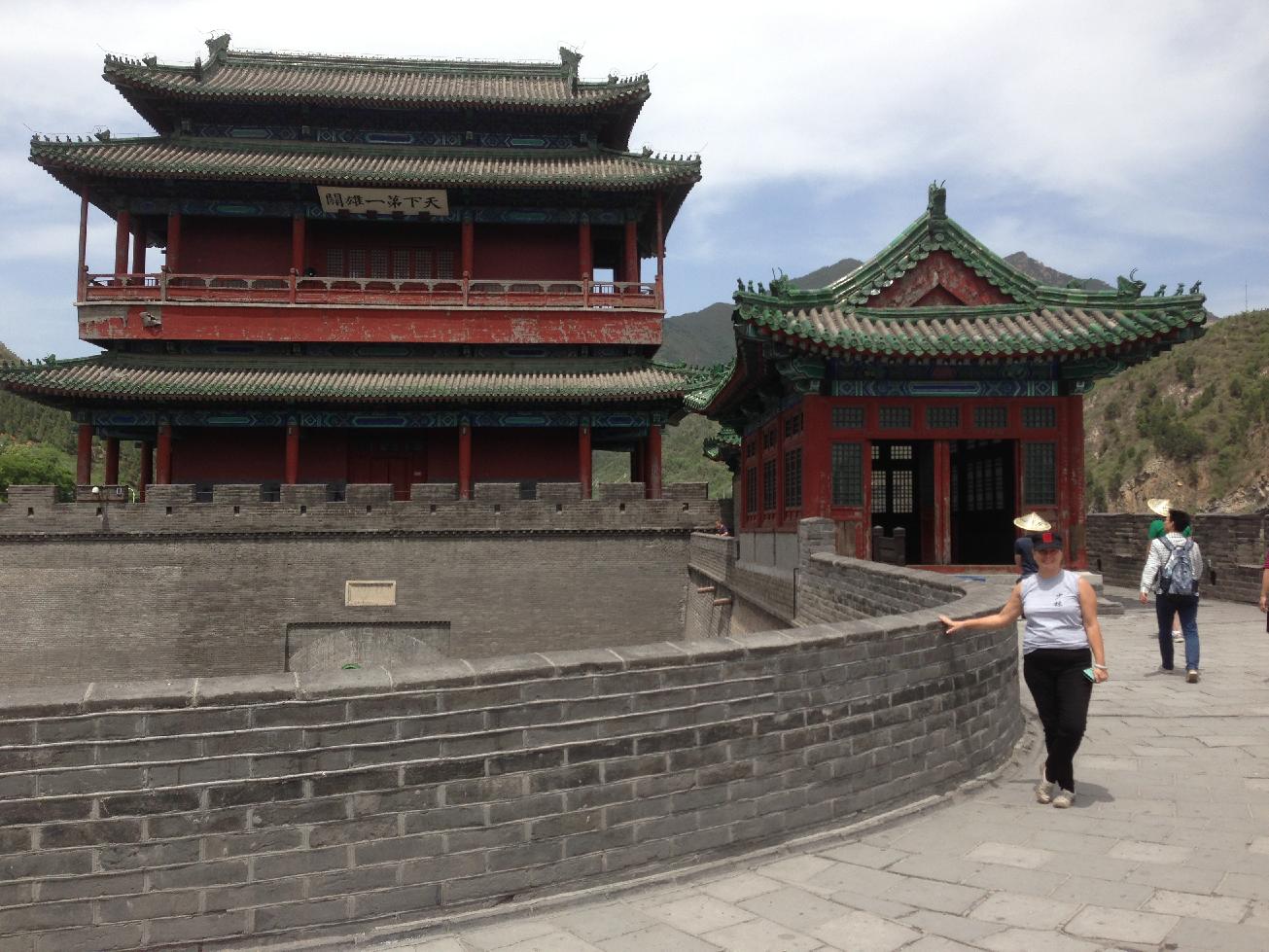
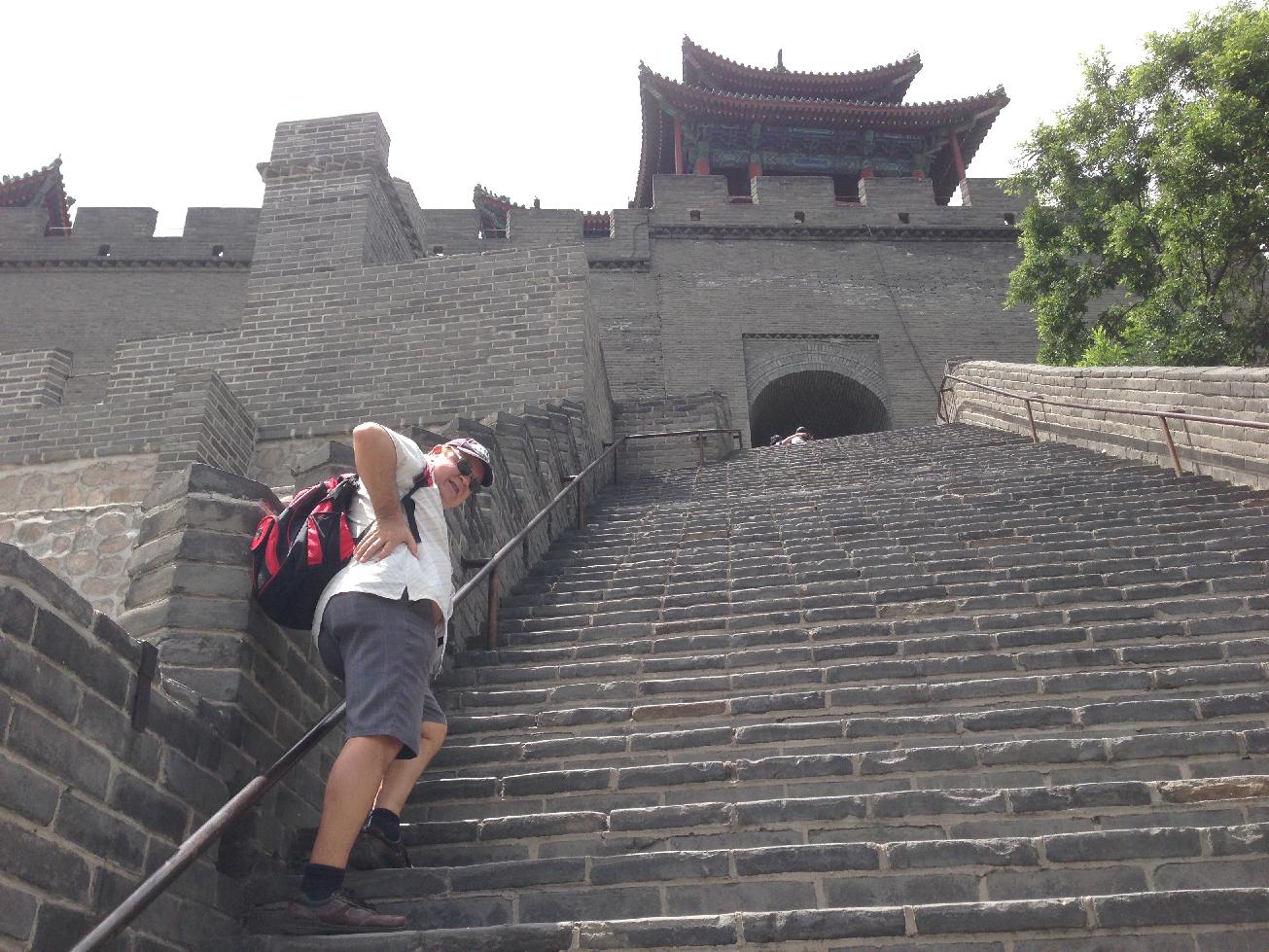

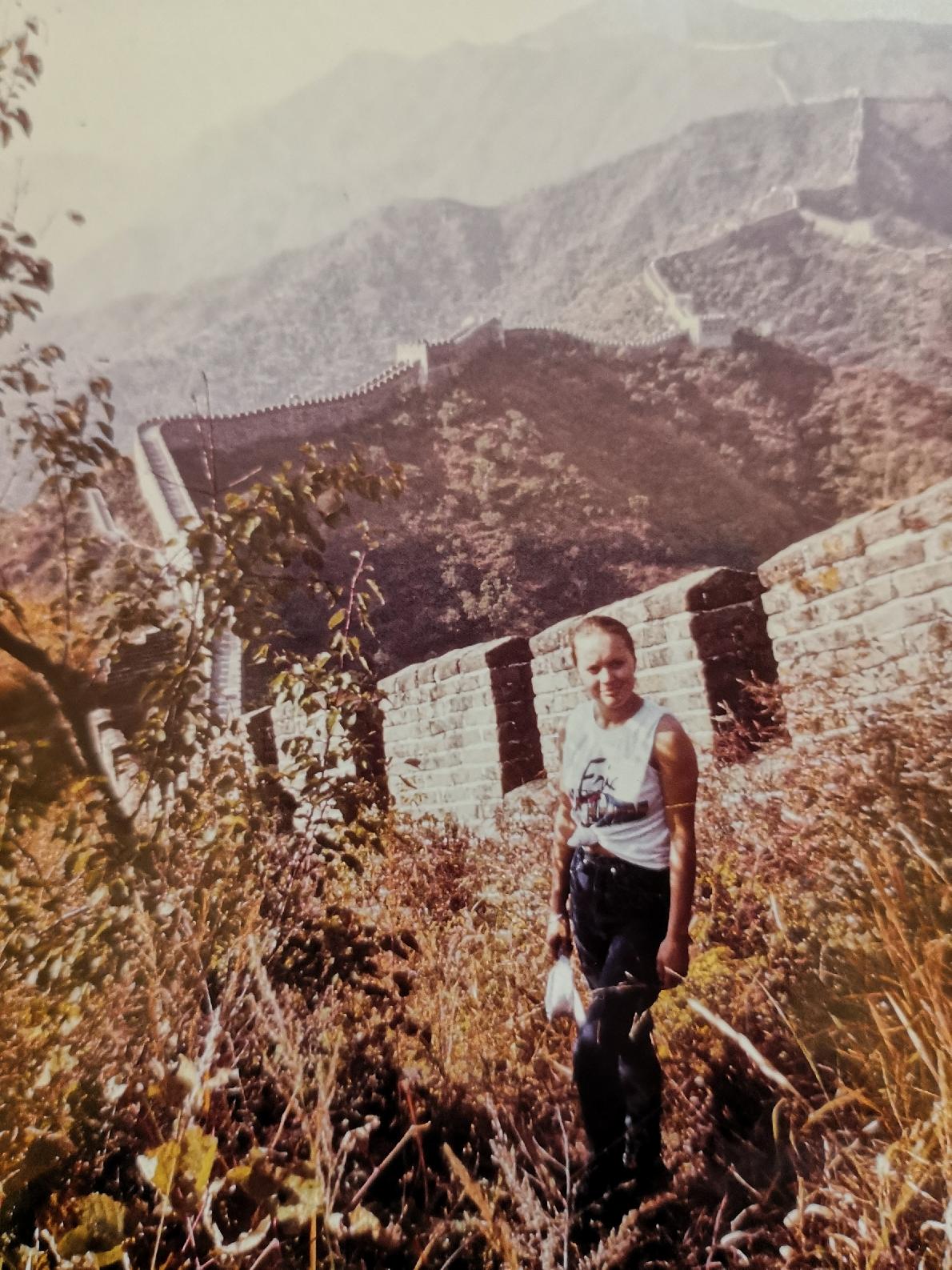

.jpg)
